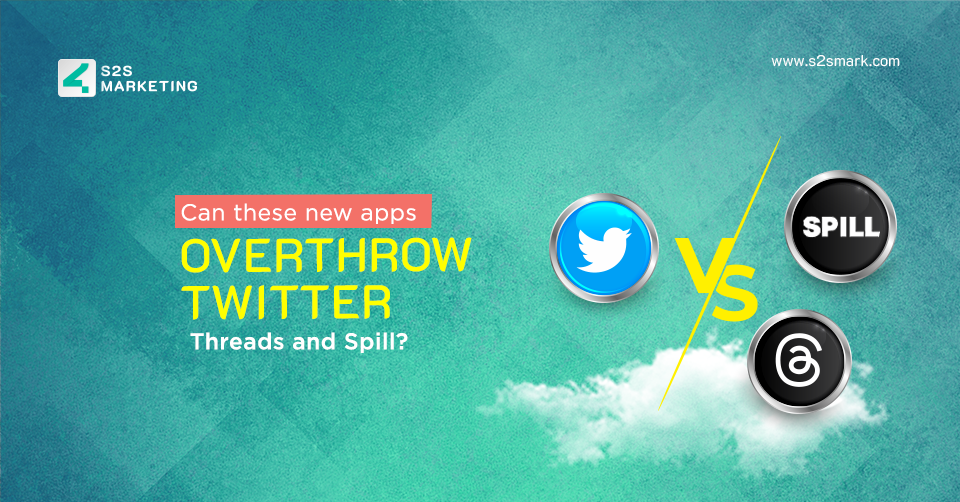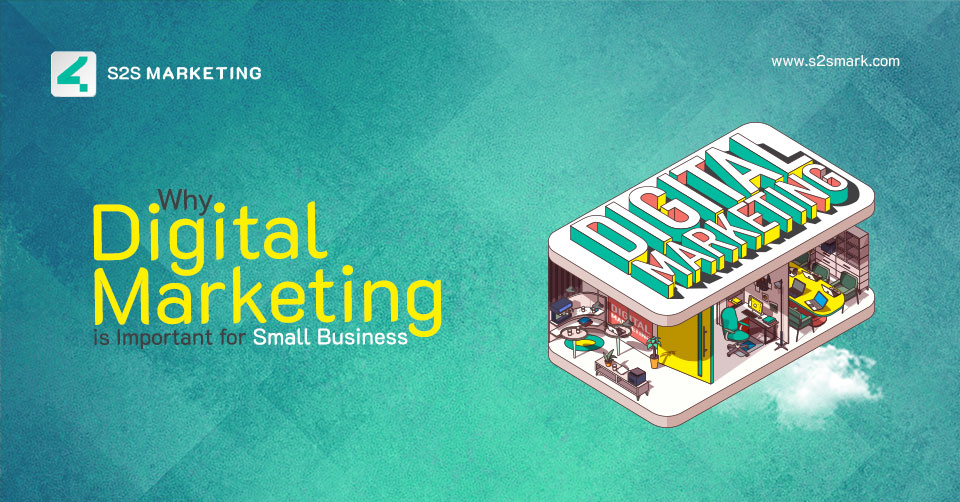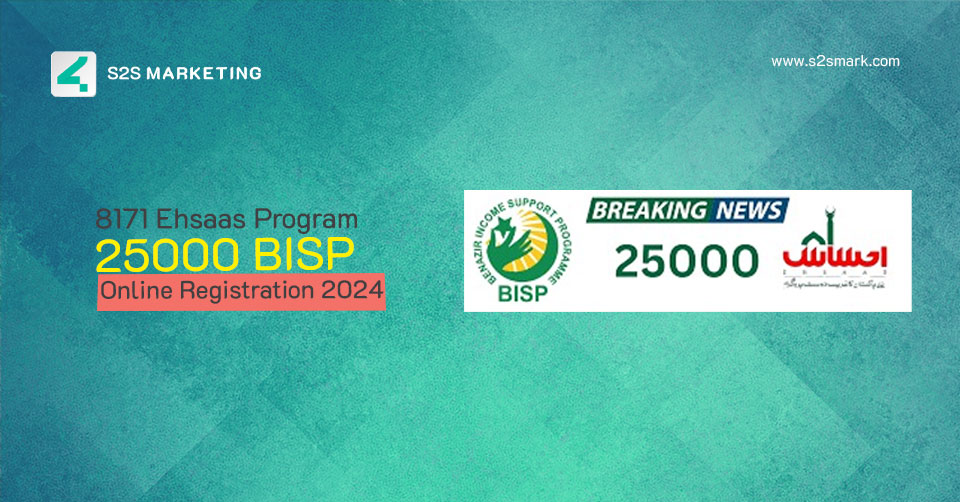Twitter has faced a challenging year marked by staff reductions, unpopular feature changes, public disputes with reputable media entities, and a decline in traffic and ad revenue. Despite being a prominent social media platform for 17 years, Twitter has not encountered direct competition as other platforms serve different purposes. Instagram focuses on visual experiences, Facebook is for connecting with known individuals and groups, TikTok offers a blend of video and audio entertainment, and YouTube is dedicated to video content. However, Twitter stood alone in providing real-time text updates and microblogs from diverse sources in a single feed.
That status quo has changed.
Now, there are emerging contenders in the social media space.
With the implementation of daily limits on Twitter and the reluctance of users to pay for a Twitter Blue subscription, there has been a growing sense of urgency among frustrated users to explore alternative platforms. While apps like Mastadon and Bluesky have been present, various obstacles have hindered Twitter users from transitioning to these platforms in large numbers. However, in recent weeks, a few new noteworthy alternatives have emerged.
Spill: A Black-Owned Twitter Alternative
Developed by two former Twitter employees, Spill is a visual-based conversational platform that enables users to share GIFs and images with accompanying text overlays of up to 90 characters. The app was launched in June 2023 and is currently accessible to iPhone users by invitation only. Particularly popular among Black Twitter users, Spill quickly rose to become the most downloaded free social media app in the app store in early July.
With its larger font and emphasis on image-based posts, Spill’s feed exhibits similarities to Tumblr rather than Twitter. The shorter character limits necessitate more concise posts, fostering conversations that move swiftly. However, it is important to note that the app’s exclusivity during its early stage of development prevents us from fully understanding its performance at a larger scale.
Then Came Threads, Meta’s Twitter Alternative
In a typical move by Mark Zuckerberg, he launched Threads, a Twitter-like app, under the Meta umbrella. The app has garnered over 100 million users in just under a week, which is an impressive feat. It’s important to note that Threads owes much of its early success to its integration with Instagram. To join Threads, users must have an active Instagram account, and they can log in using their Instagram credentials, importing their username, bio, and followers into the Threads app.
Threads has a user interface that closely resembles Twitter, and it encourages conversational posts with a limit of up to 500 characters. One notable difference between Threads and Twitter is Threads’ attempt to de-emphasize discussions related to politics and polarizing topics, aiming to create a more positive user experience (although this may prove challenging as major elections approach).
Now that Threads has been launched, several questions arise. How will the user experience be impacted as advertising becomes a part of the app? While the launch of Threads has been technically smooth, handling the influx of 100 million users without significant issues, there may be concerns about its performance during potential Instagram service disruptions. Additionally, while Threads has attracted users rapidly, the key question is whether it will be able to retain them.
Spill, on the other hand, provides a space for building niche communities by sharing meme-worthy content. In contrast, Threads is better suited for creating text-based posts that can be cross-posted on Instagram, which often features Twitter screenshots. Threads appears to be a stronger platform for marketers, brands, and content creators who struggled to establish a presence on Twitter, as they can leverage their existing audience on Instagram. This enables their followers to gain text-based insights into their content, facilitating conversations beyond Instagram DMs and enhancing overall brand-building efforts.
In summary, the success of Threads and Spill in their respective niches raises important questions about the future user experience, retention rates, and advertising integration.
Will Spill or Threads fully replace Twitter?
Having experienced both platforms, here is my overall assessment:
While Threads may not completely supplant Twitter, it stands as the strongest competitor for those who prioritize discourse over visuals. The launch of Threads has led to a noticeable decrease in traffic on Twitter, although it is still too early to determine the long-term impact of these new rivals on the platform.





